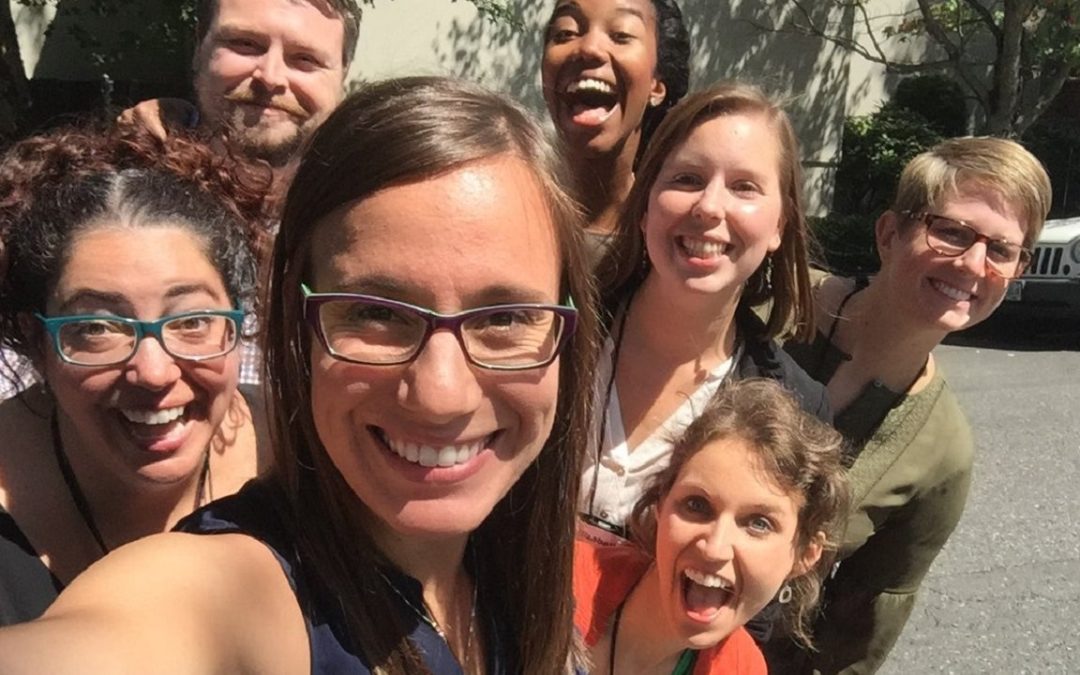RESOURCES

How to Navigate Through Tough Times
Special to the Philanthropy Journal This article has been modified from a longer article of the Bridgespan Group's research on this topic By Maria Orozco For many of us the impact of the Great Recession of 2007-2009 will not be forgotten—donations went down and hard...
RECENT

El Pueblo: the Definition of Community
Special to the Philanthropy Journal By Ayana Sadler and Ryne Jones As a land-grant university, NC State is committed to providing students hands-on, highly-engaged learning opportunities AND to providing research that is of direct, practical use to the...

How to Get Your Board Members to Speak Up in Meetings
Special to the Philanthropy Journal By Kim Donahue You’ve assembled an amazing board with a diverse range of experiences and accomplishments, but what happens when some members do all the talking, and others stay silent at meetings? Your nonprofit could be...

Capacity Building (Part 3): Three Important Ways to Ensure Fundraising Is Tied to Programming
Special to the Philanthropy Journal By Peter Gamache, Ph.D. and Jackie Griffin, MBA, M.S., Turnaround Life, Inc. This is the third in a multi-part series from Turnaround Life, Inc. on the issues nonprofits face in building capacity. You can read the first two...

On the Road to a Livable Wage
Within the sector we can become so focused on serving our various communities that we forget the people passionate about the mission also need to be able to afford access to affordable health benefits, basic necessities, and stable housing for their families.

Corporate Giving and Shared-Value Philanthropy
First National Bank of Omaha’s Alec Gorynski explores the concept of shared-value philanthropy: how corporations can align their giving in a manner that achieves social benefits in tandem with business objectives, and how nonprofits can tailor their fundraising efforts when working with the private sector.

Doing it Right: Key Tips for Not-for-Profit Ownership Transitions
In order for a not-for-profit organization to achieve minimal interruption to its ongoing mission upon retirement of a founder or senior executive, a proactive and engaged board of directors is required.

How Nonprofits Can Incorporate Entrepreneurship into Their Work
Being an entrepreneur or intrapreneur isn’t just about using commercial marketing techniques. It’s about creating a culture where people can take risks, learn from their mistakes, and respond quickly to changes in the marketplace.

Placemaking Through the Performing Arts: A New England Example
Placemaking is a place where “strategic links,” partnerships and creativity come together through performing arts. It’s often a catalyst that opens hearts, minds and doors to social change.

Keeping Up With The Mail
If you work for a nonprofit with alumni, donors, and advisors in other countries, mailing addresses in your database may have changed without your knowledge – and may be useless the next time you send reports, event invitations, or donation request letters.

Why Micro-Donations Are the Future of Fundraising
While a micro-donation of $25 may not seem like it’s worth a ton of time or investment to cultivate, it may actually cost your organization to ignore these smaller donations.

A Meaningful Sustainable Finance Commitment
Through their sustainable finance commitment, Wells Fargo hopes to share key learnings with peer banks and nonprofits to contribute to best practices and a unified approach on climate financing.

Millennials are Finding Their Place in the Nonprofit Workforce
Conferences that promote interactions among people of all experience levels can show that there are various nonprofit opportunities available to millennials just entering the workforce in many specializations from communications to program planning to data strategy.

Business Technology Empowers Nonprofits to Make an Even Greater Impact
The right technology can help nonprofit organizations move the needle – allowing for a more productive, engaged workforce and savvier operations.
